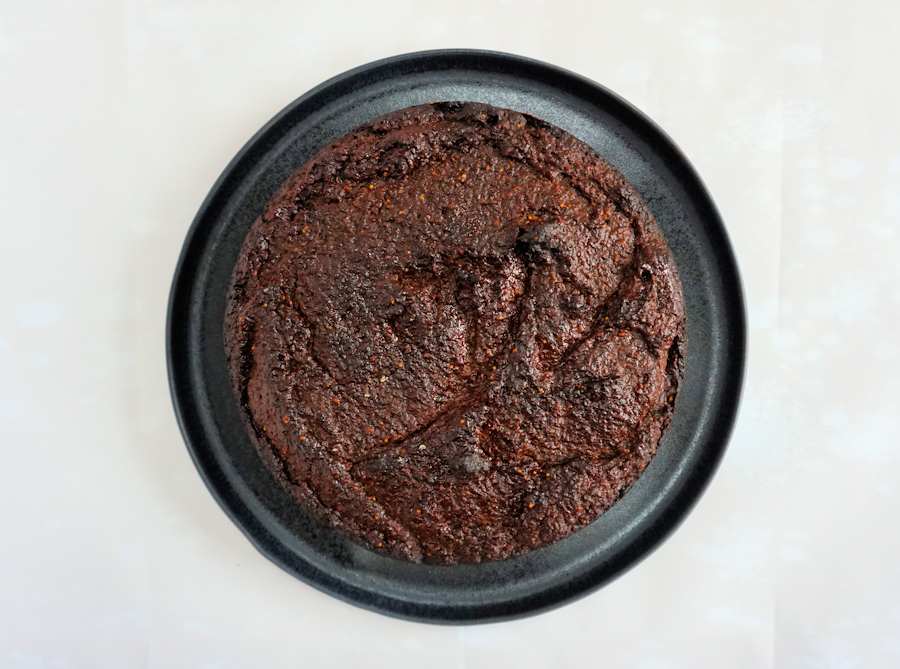The best traditional British Christmas cake comes from the Caribbean. It is called, variously, Jamaican black cake, rum black cake or Trinidad black cake.

Caribbean black cake descends from British plum pudding which in turn, I believe, is the origin of British Christmas cake. There are many differences between the two cake descendants; the first and uppermost – I enjoy eating the one from West Indies.
Is it the same cake?
There’s booze. There’s more dried fruit that you could imagine packed into a single cake. The recommended start date for the cake proceedings is February. All that might lead you to think there aren’t any differences between the two, apart from my unreasonable bias towards one – but you’d be mistaken.
Spot the difference
The booze in British Christmas cake is port and brandy. The dried fruit is packed into the batter whole, against the logic of it. The spicing is mainly the booze, and the cake – just in case it wasn’t rich and sickly enough – is wrapped in not one but two layers of icing: marzipan and fondant. Just reading about it gives me heart palpitations.
The Trinidad black cake is made of dried fruit too but sensibly mashed into paste and stirred into the batter so the texture of the cake is smoother. The tipple of choice is dark rum and cherry brandy – I guess you always go for the local and available.
Here my recipe differs slightly, using port instead of cherry brandy. It’s just because I believe dried fruit soaked in port is simply gorgeous.
And the traditional flavouring is burnt sugar, sometimes homemade but oftentimes replaced by molasses.
How to make black cake?
It’s actually rather easy. Apart from soaking the fruit a year in advance (to be honest I think you can get away with a few days), it’s not complicated.
The fruit doesn’t need to be chopped – I soaked whole chunks of citrus peel, almonds and apricots. The fruit combination isn’t prescriptive as long as there are prunes, raisins and dried cherries. The additional fruit can be a mix of whatever hides in the cupboard, plus the peel and the almonds.
The boozy mass gets minced into a paste and I believe a blender will do the job if you haven’t got a food processor.
The cake batter is simple: butter, sugar and eggs beaten into smoothness, then flour with spices and zests, until just combined. All that fruit paste and enough molasses to make the batter dark brown (it’s never actually black) is stirred into it and into the tin it goes, looking rather unappealingly like a cow pat.
Don’t be tempted to leave it piled in, thinking it will find its space and settle in the oven – it won’t! Unless you smooth the surface as best you can, it will bake into a large cow pat in the tin so make sure you use a palette knife to spread the batter evenly.
How long to bake black cake?
It is famously a long bake in a low oven, but I upped the temperature somewhat from the prescribed in NY Times Cooking whose recipe I used and the cake was ready in just over an hour and a quarter. The temperature needs to be lowered for the second half of the baking time, otherwise the cake will be black indeed – on top.
The original recipe tells to sozzle the baked cake with more rum but I like to have my booze separate from my cakes. It’s optional, but instead of the rum I drown the hot cake in light orange syrup and it works beautifully. Any leftover syrup can be drizzled over whipped cream which in my view must be served alongside the cake.
It keeps forever, of course; wrapped in parchment or waxed paper, in a cool place or the fridge. It wins hands down with its British counterpart in my view. But even if you’re dedicated to the latter, this is lovely to try just as a change.